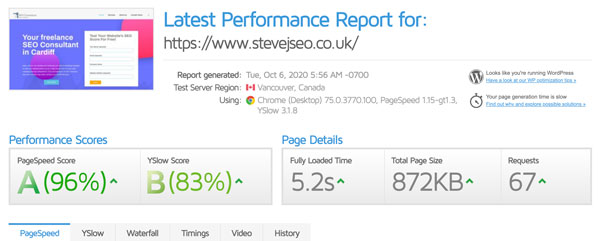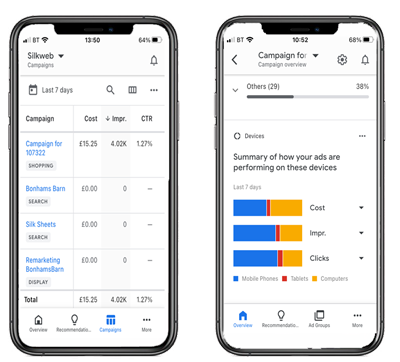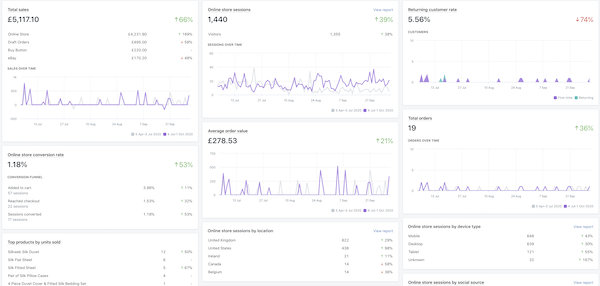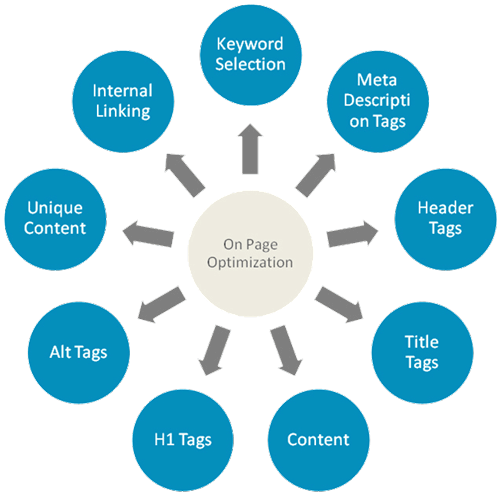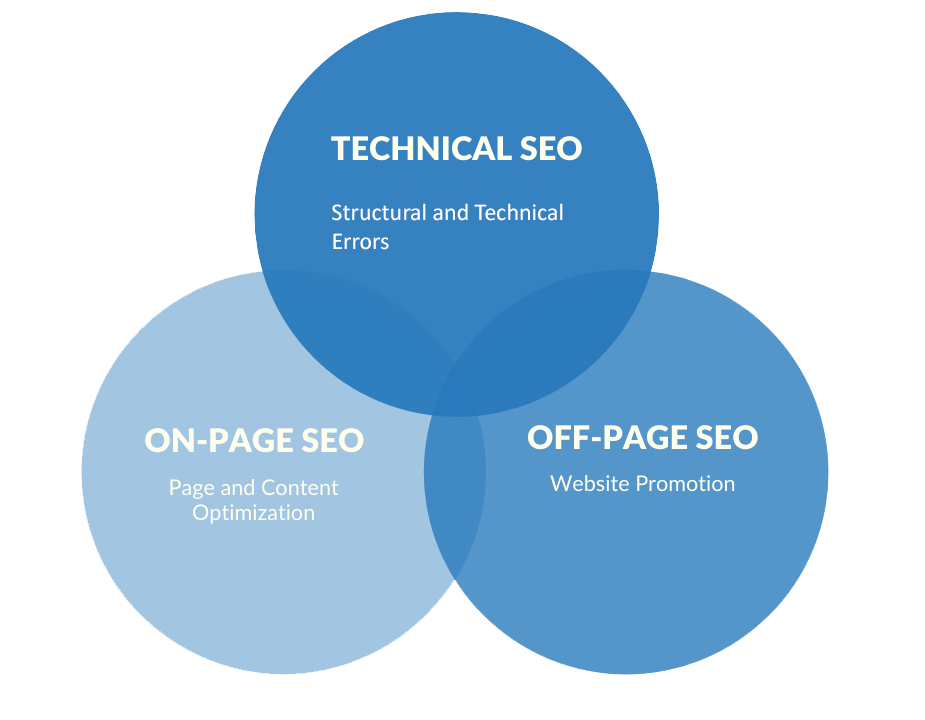SEO Technical Review
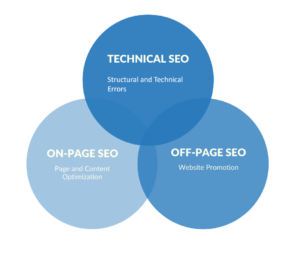 When an SEO consultant is called upon to take a look at a site the starting point is the SEO technical review or sometimes called SEO audit. The purpose is to establish understand the business, understand the current website and marketing channels (social media, advertising, brochures…) and to look at where they want to get to.
The scale of an SEO audit can therefore vary considerably in scope from a simple single web page review to looking at the whole marketing approach for an organisation. We have found most customers tend to start with a full website review to identify why they are not top of the rankings for their chosen keywords.
My first starting point is to look at the technical structure of the website and identify any technical or structural errors. An example of these could be 404 errors or incorrect DNS configurations or duplicate content arising from incorrect domain or ip canonicalisation. The list of checks is considerable and you will always tend to find something incorrectly setup or which hasn’t been setup. I must admit this is my favourite part where a technical background is essential to reveal issues and without solving the majority of technical issues you are waiting your time solving content issues and making a website have a great UI/UX experience.
My next step would be to look at content, this is based on understanding the customers business and focus and is page specific. This will look at correct implementation of meta tags, page titles, usage of HTML tags, keyword densities and underlying good content. Search engines repeatedly crawl your site to refresh their index but also to monitor how active is a website. Content is important both in terms of readability, of interest to users but also how much new content is added. Having a home page and key top level pages that never change will reflect badly on your rankings.
After solving technical and content errors then it’s a good step to look how to improve and what is missing. This could be to look at site speed, usage of CDN’s, adding structured data, looking at removing redundant features, integration with social media channels and backlinks.
The result of a SEO technical review will be a checklist of items to address and then it is up to the customer and how and which items are selected. Some customers will try and implement everything, some customers will choose the low hanging fruit. For some customers this is one off exercise, but I would always recommend that SEO is a continuous improvement program that requires constant monitoring.
When an SEO consultant is called upon to take a look at a site the starting point is the SEO technical review or sometimes called SEO audit. The purpose is to establish understand the business, understand the current website and marketing channels (social media, advertising, brochures…) and to look at where they want to get to.
The scale of an SEO audit can therefore vary considerably in scope from a simple single web page review to looking at the whole marketing approach for an organisation. We have found most customers tend to start with a full website review to identify why they are not top of the rankings for their chosen keywords.
My first starting point is to look at the technical structure of the website and identify any technical or structural errors. An example of these could be 404 errors or incorrect DNS configurations or duplicate content arising from incorrect domain or ip canonicalisation. The list of checks is considerable and you will always tend to find something incorrectly setup or which hasn’t been setup. I must admit this is my favourite part where a technical background is essential to reveal issues and without solving the majority of technical issues you are waiting your time solving content issues and making a website have a great UI/UX experience.
My next step would be to look at content, this is based on understanding the customers business and focus and is page specific. This will look at correct implementation of meta tags, page titles, usage of HTML tags, keyword densities and underlying good content. Search engines repeatedly crawl your site to refresh their index but also to monitor how active is a website. Content is important both in terms of readability, of interest to users but also how much new content is added. Having a home page and key top level pages that never change will reflect badly on your rankings.
After solving technical and content errors then it’s a good step to look how to improve and what is missing. This could be to look at site speed, usage of CDN’s, adding structured data, looking at removing redundant features, integration with social media channels and backlinks.
The result of a SEO technical review will be a checklist of items to address and then it is up to the customer and how and which items are selected. Some customers will try and implement everything, some customers will choose the low hanging fruit. For some customers this is one off exercise, but I would always recommend that SEO is a continuous improvement program that requires constant monitoring. 
